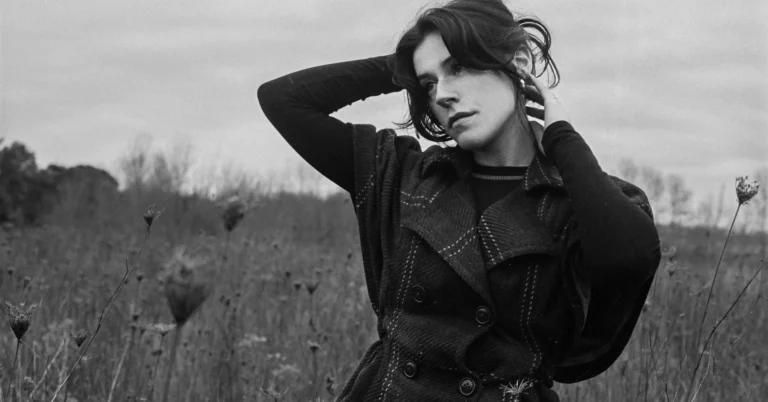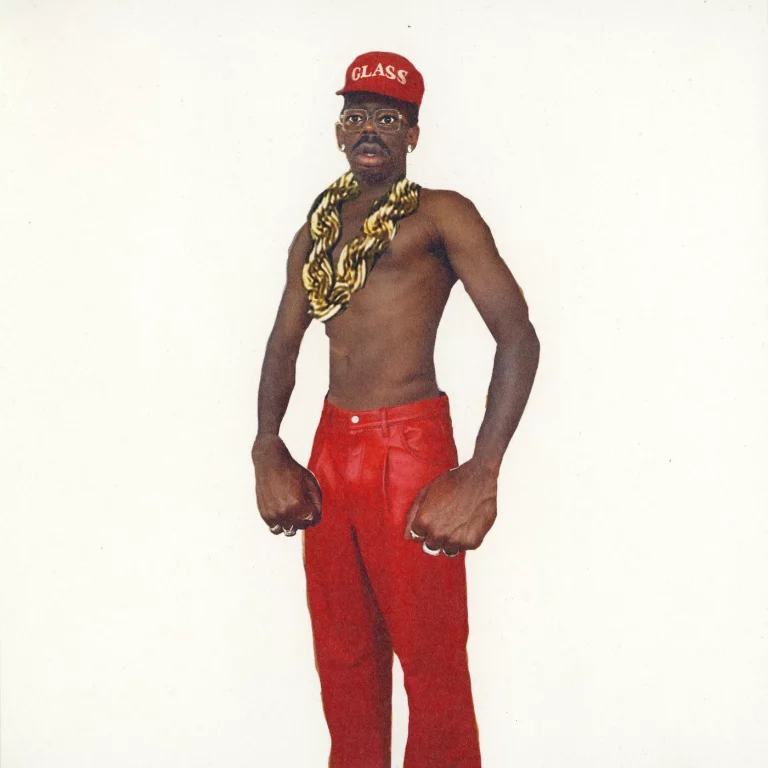Pablo Picasso was born not long before the invention of the motion picture. With a different set of inclinations, he might have become one of the most daring pioneers of that medium. Instead, as we know, he mastered and then practically reinvented the much older art form of painting. That said, cinema did seem to have been fascinated by both Picasso’s work and the man himself. He made a cameo appearance in Jean Cocteau’s Testament of Orpheus in 1960, a few years after playing the title role in Henri-Georges Clouzot’s documentary Le Mystère Picasso. The short clip from the latter above shows how Picasso could create an expressive face with just a few strokes of a pen.
By the time he made Le Mystère Picasso, Clouzot was already well established as a director of elevated genre films, having just made Le salaire de la peur or (The Wages of Fear) and Les diaboliques (or Diabolique), which would turn out to be one of his defining works.
To filmgoers following his career, it may have come as a surprise to see him follow those up with a documentary about a painter: a genius, yes, but one whose work had already seemed familiar. But Clouzot took as his task not telling the story of Les Demoiselles d’Avignon or Three Musicians or Guernica, but capturing Picasso (whom he’d known since his teenage years) in the act of creating new works of art — works never to be seen except on film.
That was the idea, in any case; though most of the 20 paintings and drawings created just for Le Mystère Picasso were destroyed, some weren’t. One such survivor, a chicken-turned-devilish-visage that emerges in one of the film’s more tense sequences (an intersection of Clouzot and Picasso’s artistic instincts), was actually restored a few years ago for inclusion in the Royal Academy of Arts’ exhibition Picasso and Paper. He could also work on glass, as evidenced by the clip just above from Visit to Picasso, a 1949 documentary short by the Belgian filmmaker Paul Haesaerts. In it he paints — in less than 30 seconds, with the camera running just on the other side of the pane — an evocative image of a bull, demonstrating that, no matter how fully he was embraced by the Francophone world, a Spaniard he remained.
Related Content:
Thousands of Pablo Picasso’s Works Now Available in a New Digital Archive
Pablo Picasso Poses as Popeye (1957)
Based in Seoul, Colin Marshall writes and broadcasts on cities, language, and culture. His projects include the Substack newsletter Books on Cities and the book The Stateless City: a Walk through 21st-Century Los Angeles. Follow him on the social network formerly known as Twitter at @colinmarshall.








